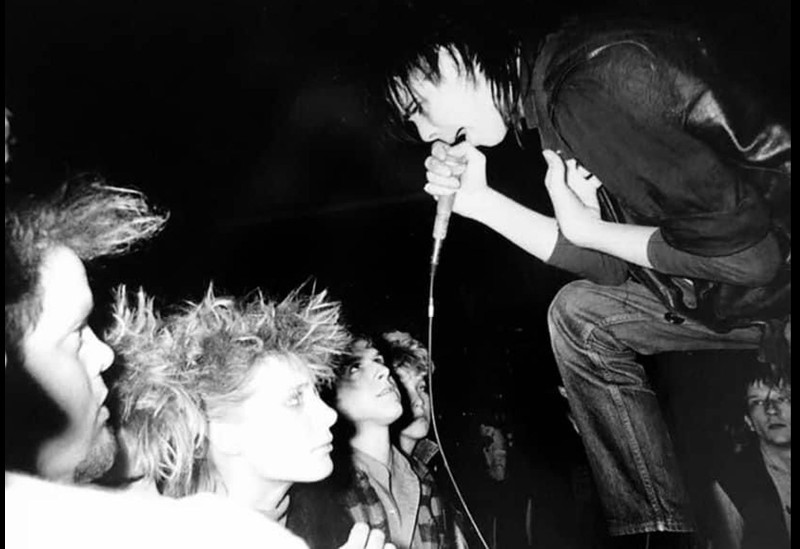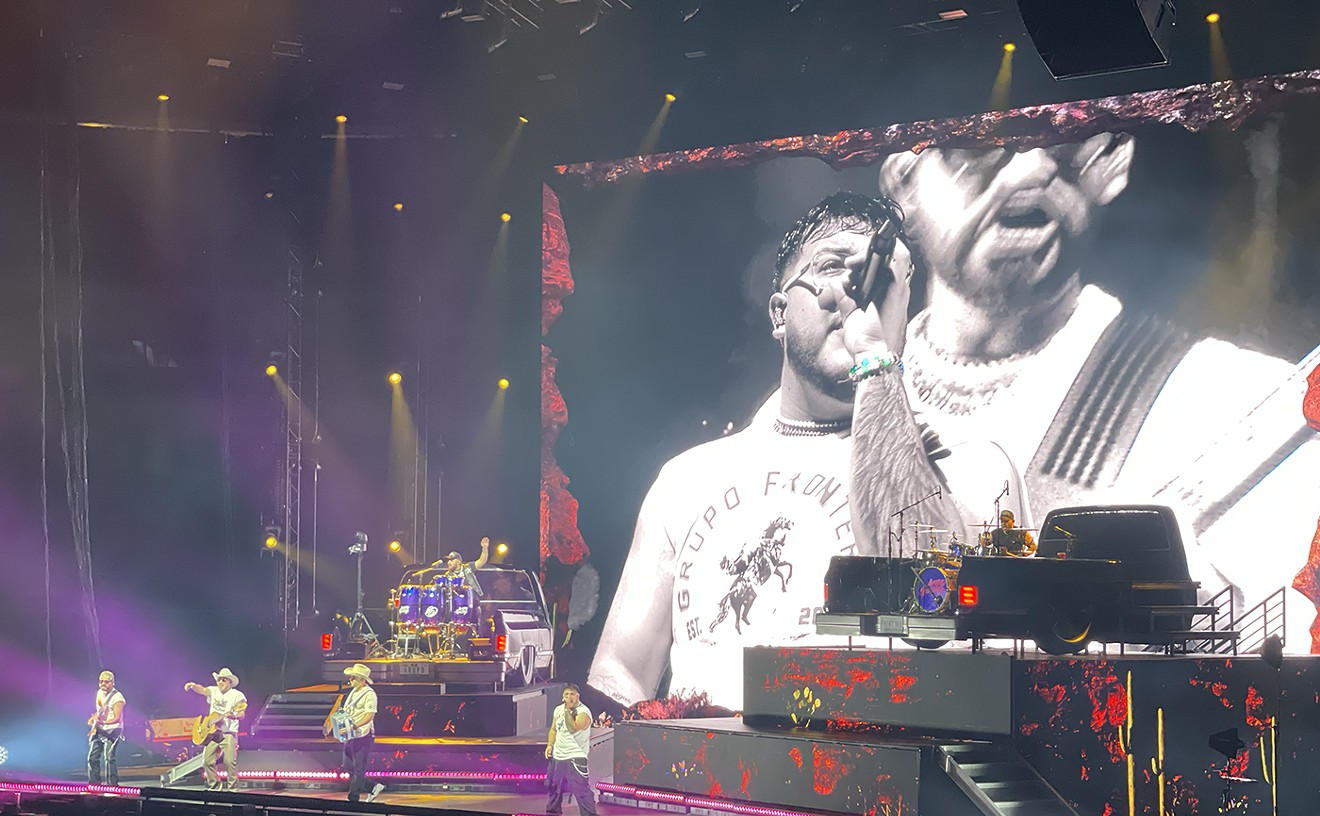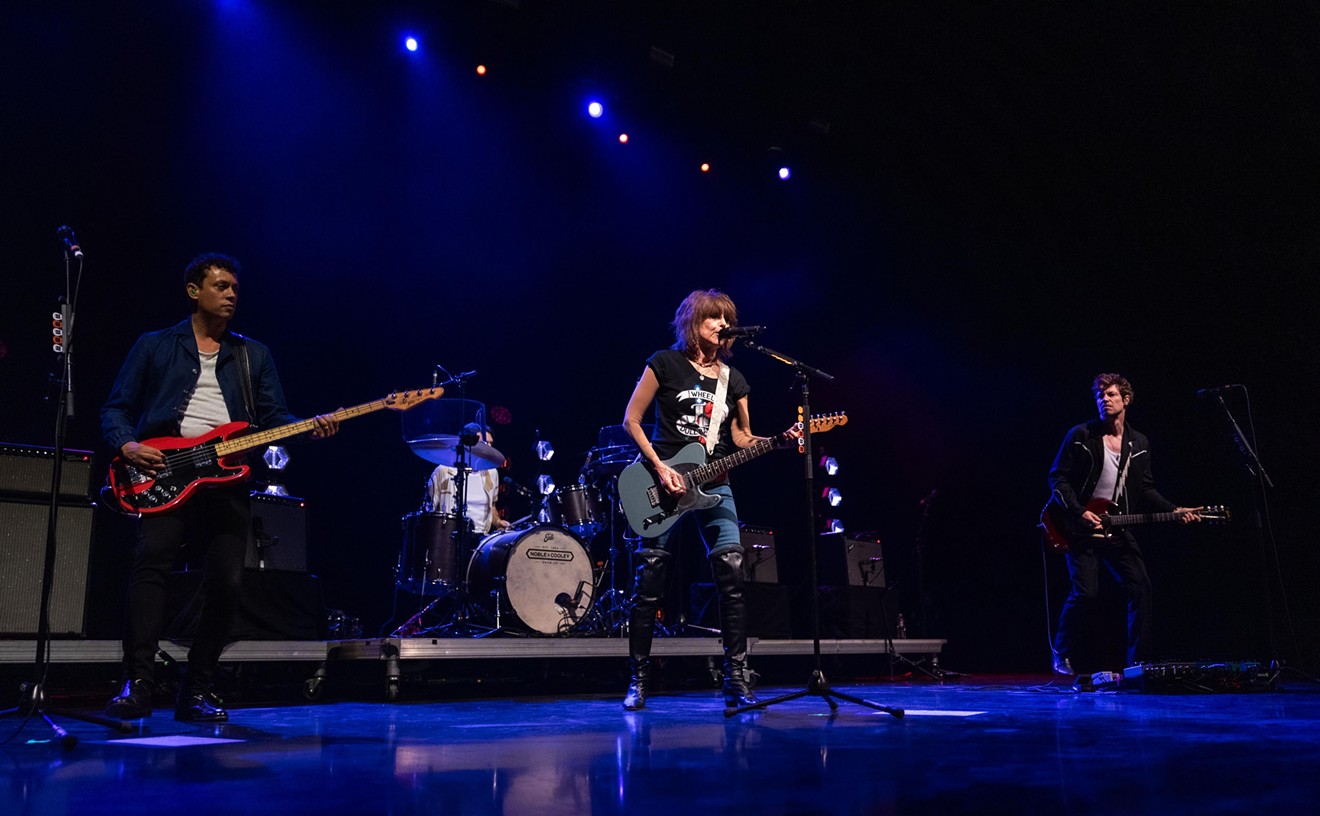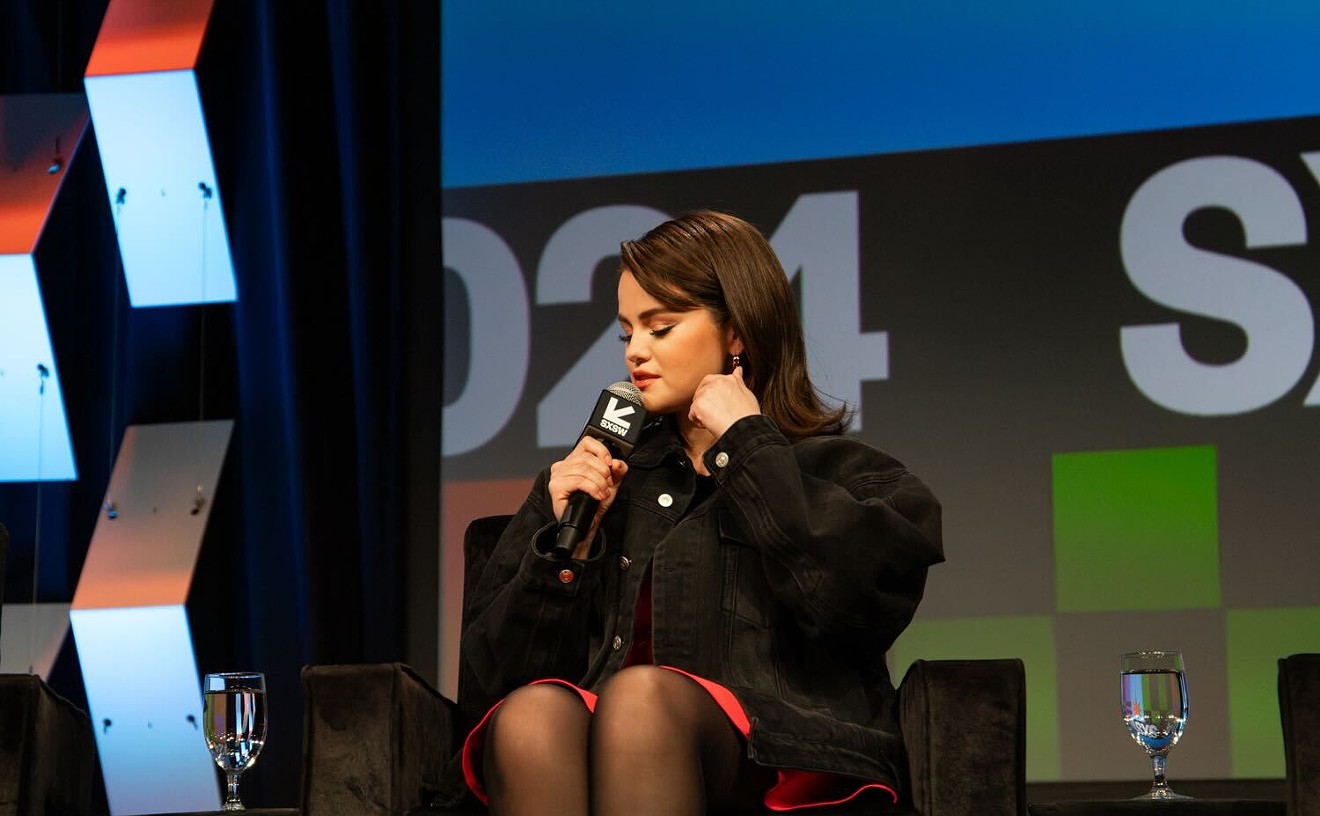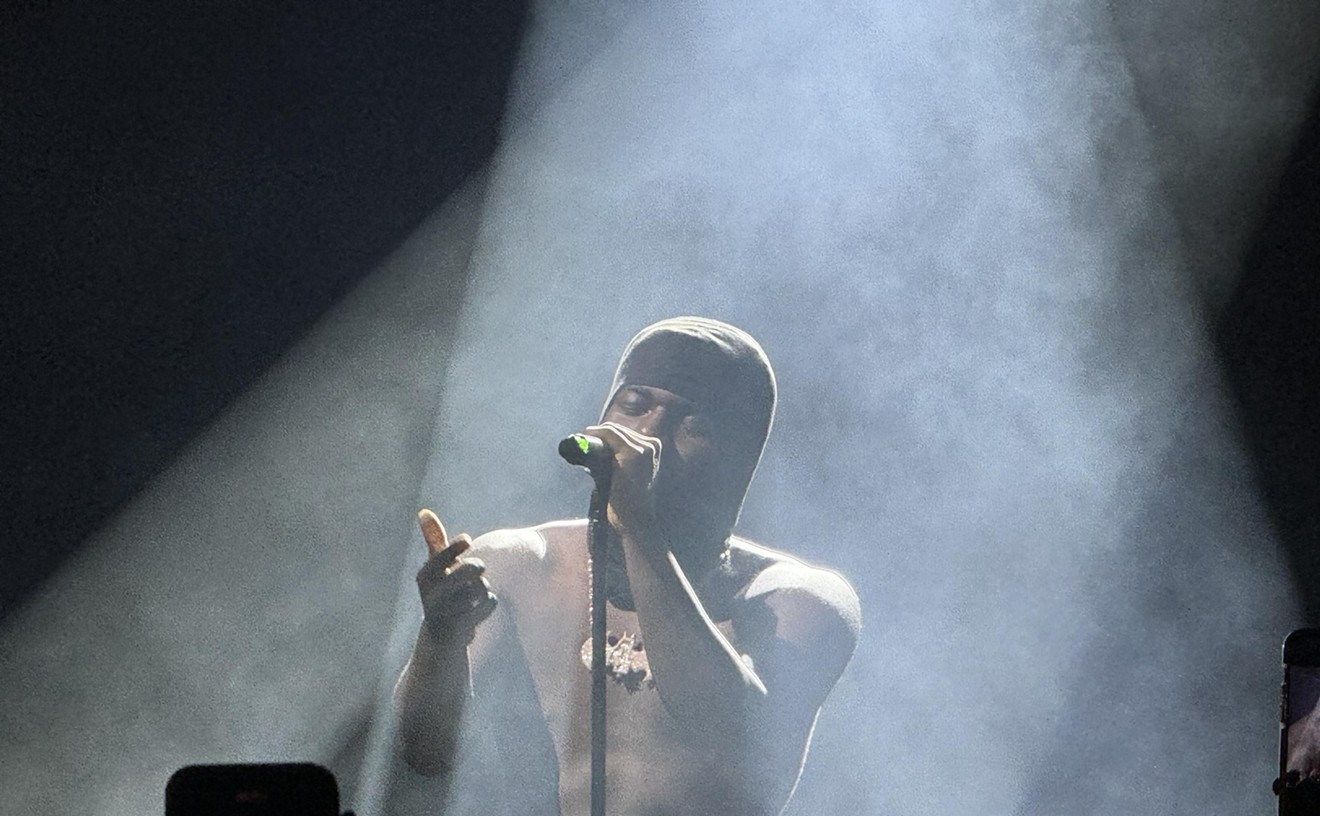That seems to be the collective memory of April 2, 1983, the day The Birthday Party played its only Texas show at Dallas punk joint Hot Klub. The turnout for an occasion this momentous is especially criminal considering that the band would break up just months later, with vocalist Nick Cave being poised for a more commercially successful solo career. But that’s more or less how the post-punk band’s reception went in the U.S. Even more criminal was that this happened the day before Easter, and it occurred to virtually no one that this proximity made it even more special.
Punk clubs in the U.S. were quite acclimated to both punk and post-punk that year, but at risk of resorting to the tired cliché of “the world just wasn’t ready for them,” there was very little in the States that matched punk’s trademark ferocity and aggression the way the Birthday Party did. At the same time, not many bands here were as imaginative in pushing the limit of how truly “post” punk can be or as daring to find out.
Some astute music listeners in the U.S. knew how groundbreaking The Birthday Party was, including Scratch Acid and Jesus Lizard vocalist David Yow. By Yow’s own admission, some of Scratch Acid’s earliest recordings were inspired by the Birthday Party almost to a fault, but correcting those faults did not make him waver in his understandable admiration for the band.
On the phone, Yow, who was in attendance at the Hot Klub show along with Scratch Acid bandmate David Wm. Sims, reflects on the first time he listened to the band and what made them truly unique.
“The first time I heard ‘Big-Jesus-Trash-Can,’ I was going, ‘What the fuck is this?!’ I think I fell in love with them around that time,” Yow says of The Birthday Party. “I don’t know why they didn’t get a bigger following [in the U.S.] while they existed.”
While the band did eventually achieve an ample cult following, the cult did not gain significant recruitment or traction in the U.S. in time for the band’s final show, at the Crystal Ballroom in Melbourne, Australia, on June 9, just two months and some change after the Dallas show. Still, the 1983 world tour leading up to the band’s hideous dissolution was, thankfully, well-documented.
In the case of the Hot Klub show, the photographic documentation exists thanks to Yow’s insistence that punk scene photographer Bill Daniel capture this once-in-a-lifetime moment in music scene history.
“I show up without my camera, and [Yow] was like, ‘What?! You have to have your camera tonight. You have to drive home and get it,’” Daniel recalls, adding that he came without a camera since he gravitated toward crowd shots of slam dance-friendly bands (which the Birthday Party was definitely not).
“I told him — and I think this was verbatim — ‘If you don’t take photos of this show, you will kick yourself for the rest of your life,’” says Yow regarding this admonition.
And so Daniel raced from the Oak Lawn venue to his family home in Richardson to grab his camera. He made it back just in time to catch the band’s set, which they opened with “Big-Jesus-Trash-Can.”
“The band didn’t mind my presence, and I was pretty aggressive,” Daniel remembers. “I shot with the flash turned all the way up, and I had a pretty wide lens, so I had to get really close.”
Later in the show, Cave sat at the edge of the stage and cried while playing “She’s Hit,” mascara flowing and everything.
“The band was intense. The performance was intense. And there was some emotional charge going on,” Daniel says. “It was scary to see a band falling apart at the seams.”
After the show, Yow and Sims went backstage to talk to the band, posing as journalists who wrote for a zine. They had flown from their home in Austin to Dallas to catch this show, almost missing their flight during the trek.
“I told him — and I think this was verbatim — ‘If you don’t take photos of this show, you will kick yourself for the rest of your life." – David Yow
tweet this
When they got backstage, they saw Cave and guitarist Rowland S. Howard, who were being interviewed by a punk zine by the name of Blatch. Sims was holding Daniel’s camera during the charade.
“[Sims] was sort of behind Nick Cave when Nick was sitting there with a bottle of whiskey in his hand, and [Sims] trips the flash, and Nick very slowly and sort of irritatedly, slowly turned around and looked at [Sims] like, ‘What the fuck?’” Yow says with a laugh. “Then when they were almost done with the interview, the people who worked at the club came in and said, ‘You got to go. We’re closing down.’”
Still, Cave and Howard invited Yow and Sims out for some post-emotionally-draining-gig tacos, and a scheduled ride back to Austin rendered Yow and Sims too crunched for time, Yow recalls.
Now, 40 years later, Cave is continuing his fruitful solo career, which most recently included collaborations with Warren Ellis. Howard died in 2009 of complications from hepatocellular carcinoma, a type of liver cancer.
During the end of Scratch Acid’s initial run, Yow and Sims formed the Jesus Lizard in 1987, then relocated to Chicago, where they achieved a bit of commercial success before breaking up in 1999. Both Scratch Acid and Jesus Lizard have since sporadically reunited.
Daniel went on to become a lauded filmmaker, photographer and artist. He currently lives in Isleton, California, and is working on a book of train graffiti art called Mostly True, to be released in April. During the pandemic, he was the caretaker for a dormant textile mill in New Braunfels, where he mounted an art show called Industrial Salon.
No matter how disparate these walks of life, and no matter the geographic distance they created, these people all have one thing in common: they saw the Birthday Party’s only Texas show just two months before they broke up, and we’re so goddamned jealous of them.
But such is life. Or as Yow puts it, “Nothing lasts forever, except dragons and the Rolling Stones.”

